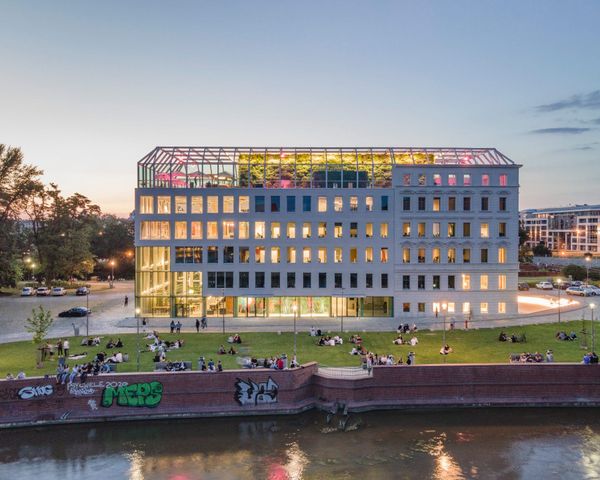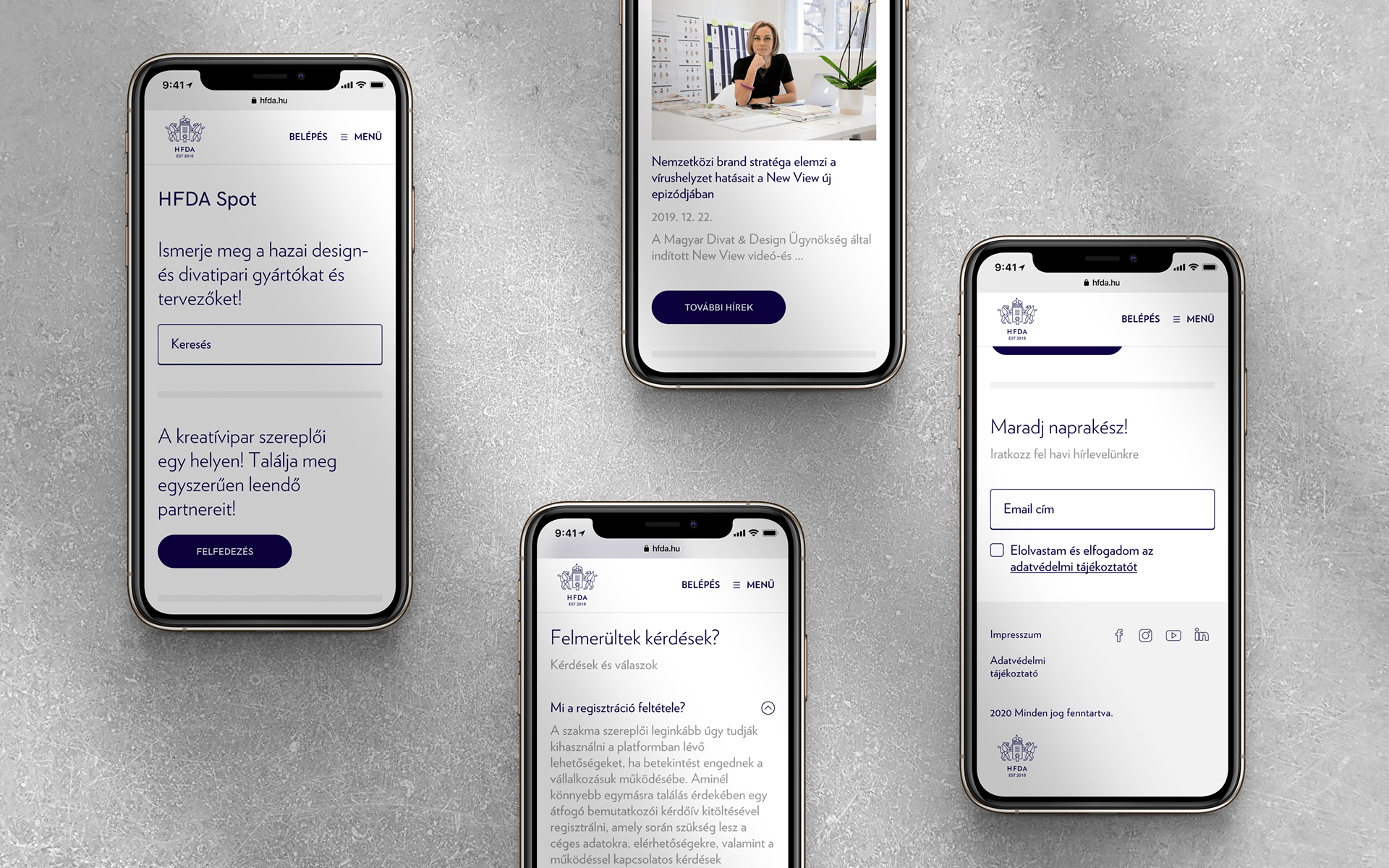The HFDA Spot online platform debuting in June 2020 was called to life by a survey conducted last year aimed at assessing the needs of the companies operating in the Hungarian fashion and design industry, facilitating the online meeting of clients and manufacturers by serving as a bridge between them, and also contributing to the effectiveness of workforce recruitment. Moreover, this is the first joint platform where the representatives of fashion and design can network and form business relationships with each other. Interview with Zsófia Bata-Jakab, the executive officer of the Hungarian Fashion and Design Agency.
The HFDA established the HFDA Spot Platform in response to the feedback received in their survey conducted in 2019, thus promoting building relationships and forming collaborations between manufacturers and designers. How active has the system of HFDA spot been the period passed since the launch of the online platform?
Approximately 80 players of the sector have registered since the launch of the platform on June 9, including designers, fashion designers and fashion and design industry manufacturers, coming from diverse fields of the creative sector. The registered users also urge other sectoral players to join.
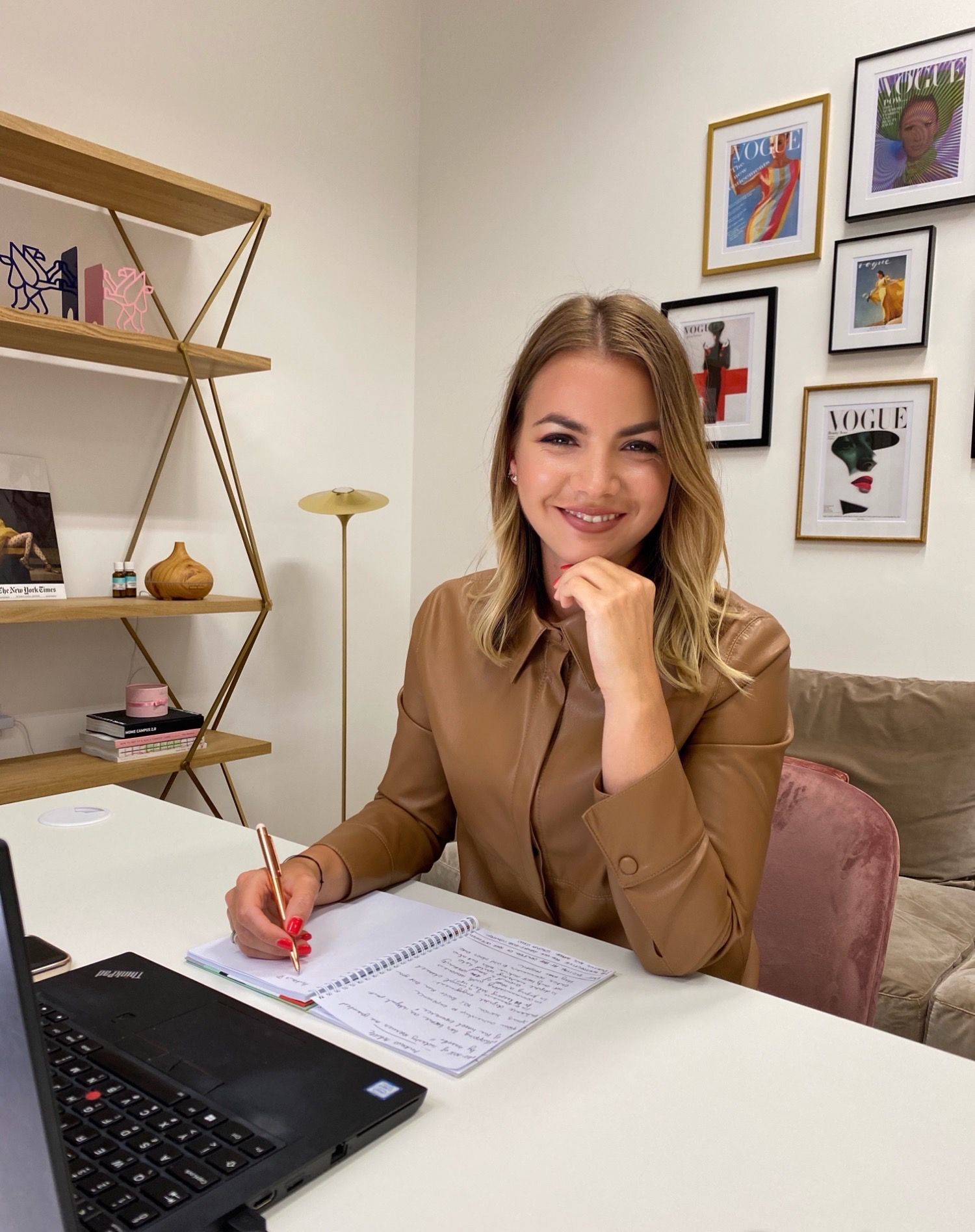
Spot is a platform built according to a very elaborate structure. How difficult was it to establish the various categories? How many people worked on creating the final system and how long did it take to complete it?
It would be quite hard to say an exact number of people working on the final system, as several players of the industry also had a role in creating HFDA Spot. To answer the question, we need to go back to the fall of 2019, when we carried out a comprehensive sectoral survey in the industry. At that time, we received a lot of feedback stating that the collaborations within the sector are most of the time organized based on informal relationships and contacts. Institutional cooperations featuring a client and a subcontractor are quite rare. In addition to those filling out the survey, the creation of HFDA Spot was also facilitated by those entities who helped us identify the main difficulties of the sector as the subjects of in-depth interviews. The majority of them already indicated their need for HFDA Spot at this time. In their statements, the main motivation for registration was looking up new potential customers. Followed directly by shortage of workforce, mainly characterizing companies with more than twenty employees, and they were also open to the business partner searching function of the platform. We took the findings of the research as basis when developing the platform, this is why we consider the birth of HFDA Spot the joint achievement of the sector and HFDA. Of course I cannot leave the professional participants and experts of the production development workshop series working group, who helped finalize the platform in the form of a roundtable discussion. We talk about the fruit of nearly one year of work, to which many sectoral players contributed.
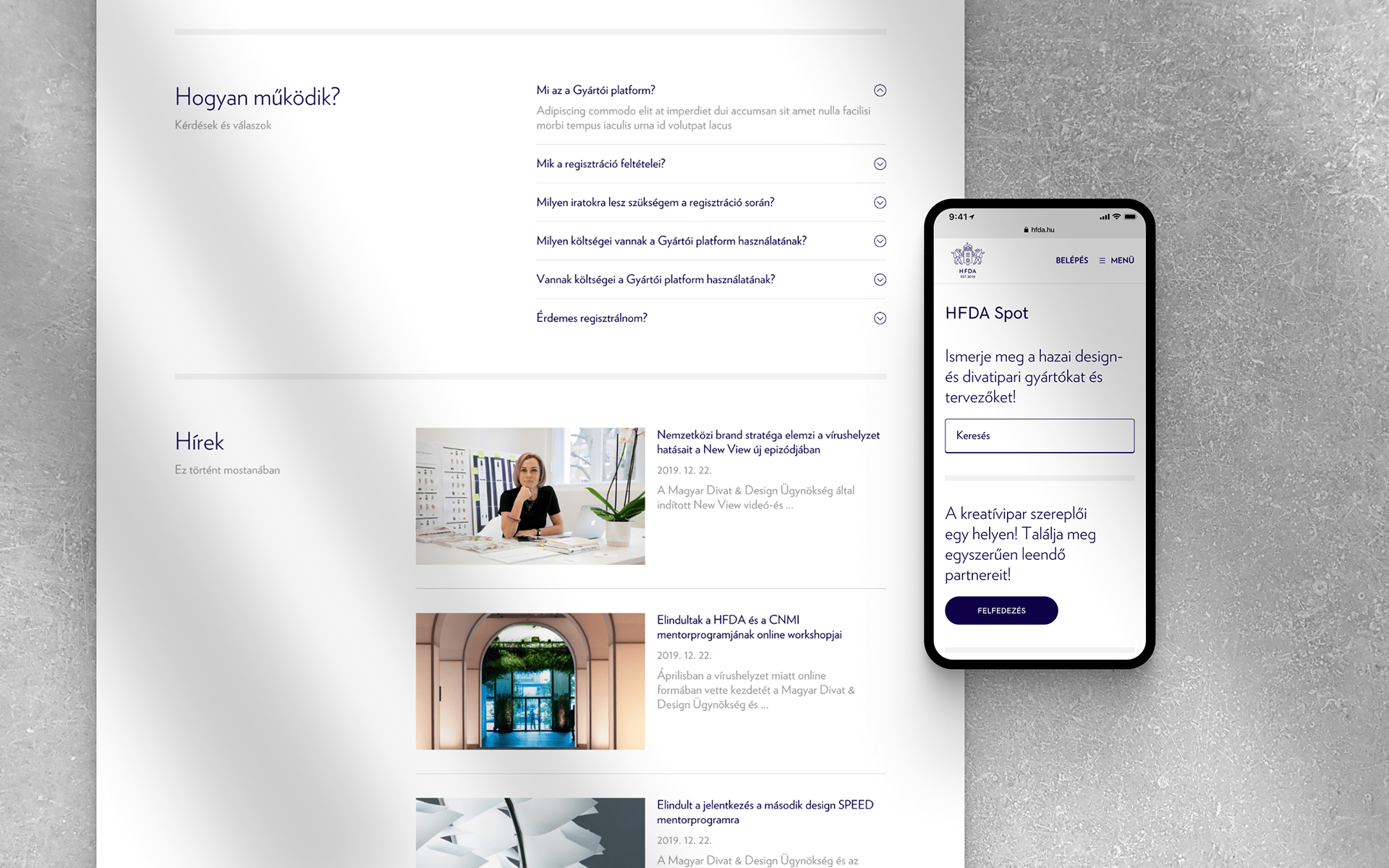
It can be observed in several cases that there are also designers amongst manufacturers. Based on what are the registrants categorized? Which designers qualify as a manufacturers?
HFDA Spot allows a great freedom to users in deciding which category they belong to. Of course we monitor new registrations continuously and we provide assistance to ensure that the users are categorized in the most accurate manner possible. The phenomenon you mentioned is a result of the fact that many manufacturers also have their own brands, and there are also cases when a designer is a manufacturer at the same time – which means they operate their own sewing shop for manufacturing the products, for example.
You can register on the site by filling out a comprehensive introductory survey. Are registrants added to the site in all cases or is there a selection of some kind by HFDA?
Registration is preconditioned on filling out the introductory survey you have mentioned, requesting company data and contact details from the user, and asking questions related to operation. The more detailed the user fills this form out, the easier their potential partners will find them on the platform. We also pay particular attention to ensure that only those entities can use the platform who actually pursue activities on this field. We continuously monitor registrations to make sure that users relevant for the sector are included in the database.
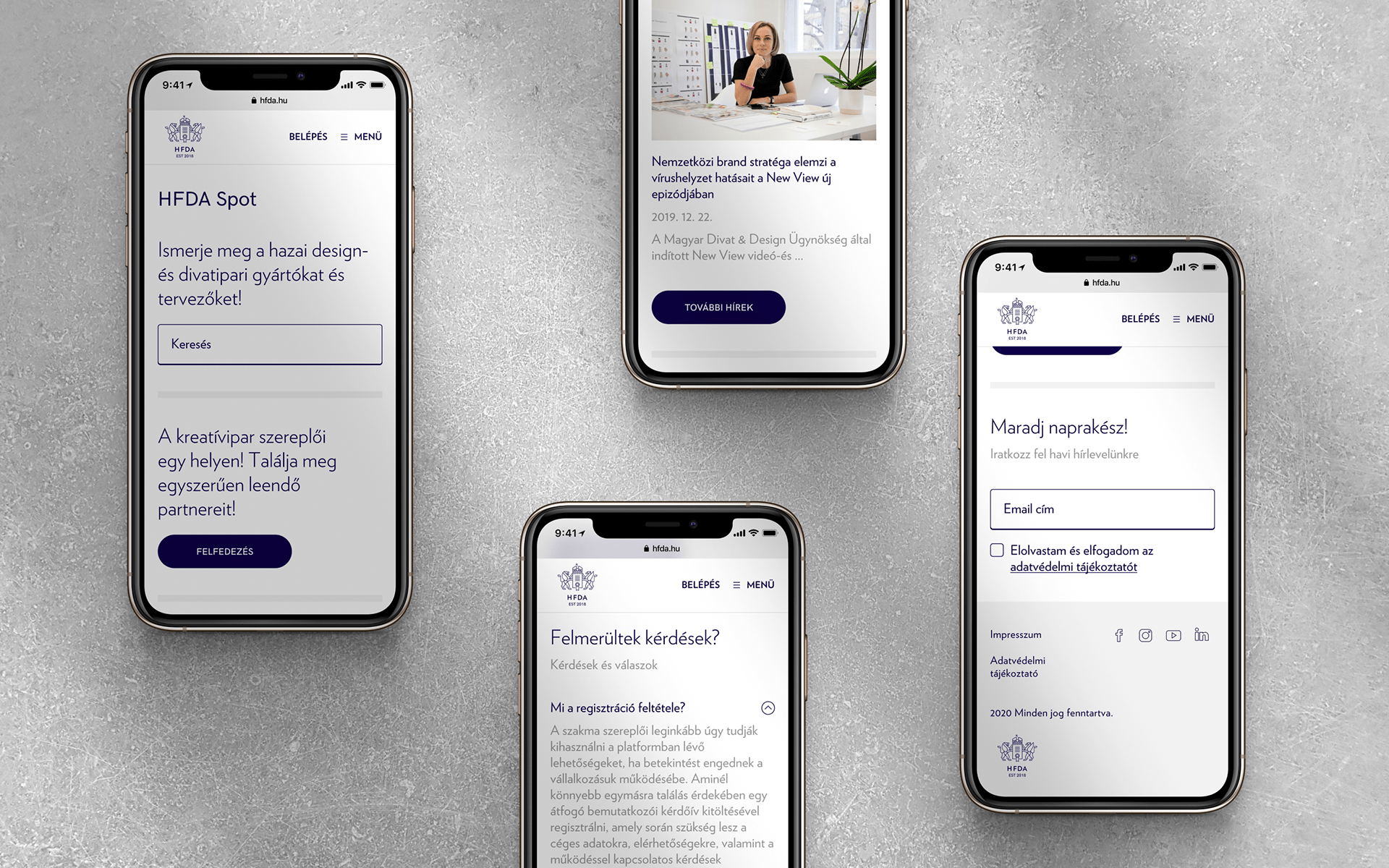
Looking at the registered users of the categories within both design and fashion, we can say there is a quite impressive database forming. Based on your experiences until this point, do the entities of the sector “find each other”? Do you know of any useful connections already?
It was already visible in our previous programs that there are sectoral players who are particularly open to networking initiatives. We are glad to see that these manufacturers and designers preserved this ambition and were amongst the first to register to HFDA Spot. We received a lot of feedback from sectoral entities expressing their appreciation for finally being able to reach the factories and designers with whom they could imagine doing projects together. We also know about users who decided to register on the site when seeing the registered users.
Collaborations between manufacturers and designers as this could be a key to succeed domestically. How do you see it: are manufacturers and designers open to networking and cooperation to the same extent? How, with what strategy can this be further enhanced?
When we organized the Speed Dating online networking event in June, we were glad to see that both manufacturers and designers are open to cooperations to the same extent. Fourteen manufacturers and eighteen designers came to the event to find the business partner with whom they could apply for our design LAB incubation program. This initiative of ours promotes collaborations between manufacturers and designers with a jointly submitted tender. The manufacturer-designer duos collaborating within the framework of the program could create their joint project until July 3, which had to include the designs of a new design product that is competitive and ready for series production on both domestic and international level. Now it’s up to the Evaluation Committee to decide who will receive support for implementing their product. They will evaluate the applications meeting the tender criteria according to nine factors. They check suitability for series production, compliance with the requirement of sustainability, and the costs related to material and personnel. Moreover, they also examine the export capability of the product. With this initiative, we would like to trigger a shift in mindset in the sector. The collaborations launched in the framework of the program will set an example of the advantages of cooperations between manufacturers and designers. This way, the applicants selected in the course of design LAB will be our partners in the mission of promoting creative collaborations between the sector together.

The relevance of digitization and local collaborations increased greatly due to the Coronavirus epidemic. This is why an online professional database allowing entities to find the partners and employees fitting their business ideas the most is a great help to the design and fashion industry players that found themselves in a difficult position in this period. On top of it all, in addition to Spot, the latest design LAB accompanied by the “Speed dating” virtual event also contributes to this aspiration. The latter tender was closed recently. What welcome did the program receive? How many people applied for it?
As I have mentioned earlier, the Speed Dating online networking event proved to be quite popular among the players of the industry: a total of fifty meetings were held that day. The openness towards the event confirmed our idea that there is indeed a demand for cooperation between the two sides in Hungary, too. It felt great to see that these meetings proved to be useful – half of the participants had a solid idea about whom they wish to collaborate with after the interviews. This further verifies that within well-defined boundaries, even twenty minutes can be sufficient for the parties to call attention to their features that could serve as the starting points of a successful cooperation.
The manufacturer-designer pairs formed in the course of design LAB will have approx. two months to prepare their joint proposal. The program is implemented in collaboration with French design institute VIA (Valorisation de l’Innovation dans l’Ameublement), therefore, VIA will also participate in the evaluation of proposals as a professional partner. How can a lockdown caused by a potential next wave of the epidemic interfere with this?
The pandemic did not only urged the actors of the sector to develop an emergency plan for the case of another epidemic, but us, too. In the current situation, we consider unexpected events at every step we take. The past months also raised our attention to the necessity of digitization developments – we’ve built on the advantages offered by the virtual space in the case of several of our programs. For example, we held the workshops of design START in the online space. Vested with the experiences gathered in the past few months, we are ready to put online means to use to implement our programs.
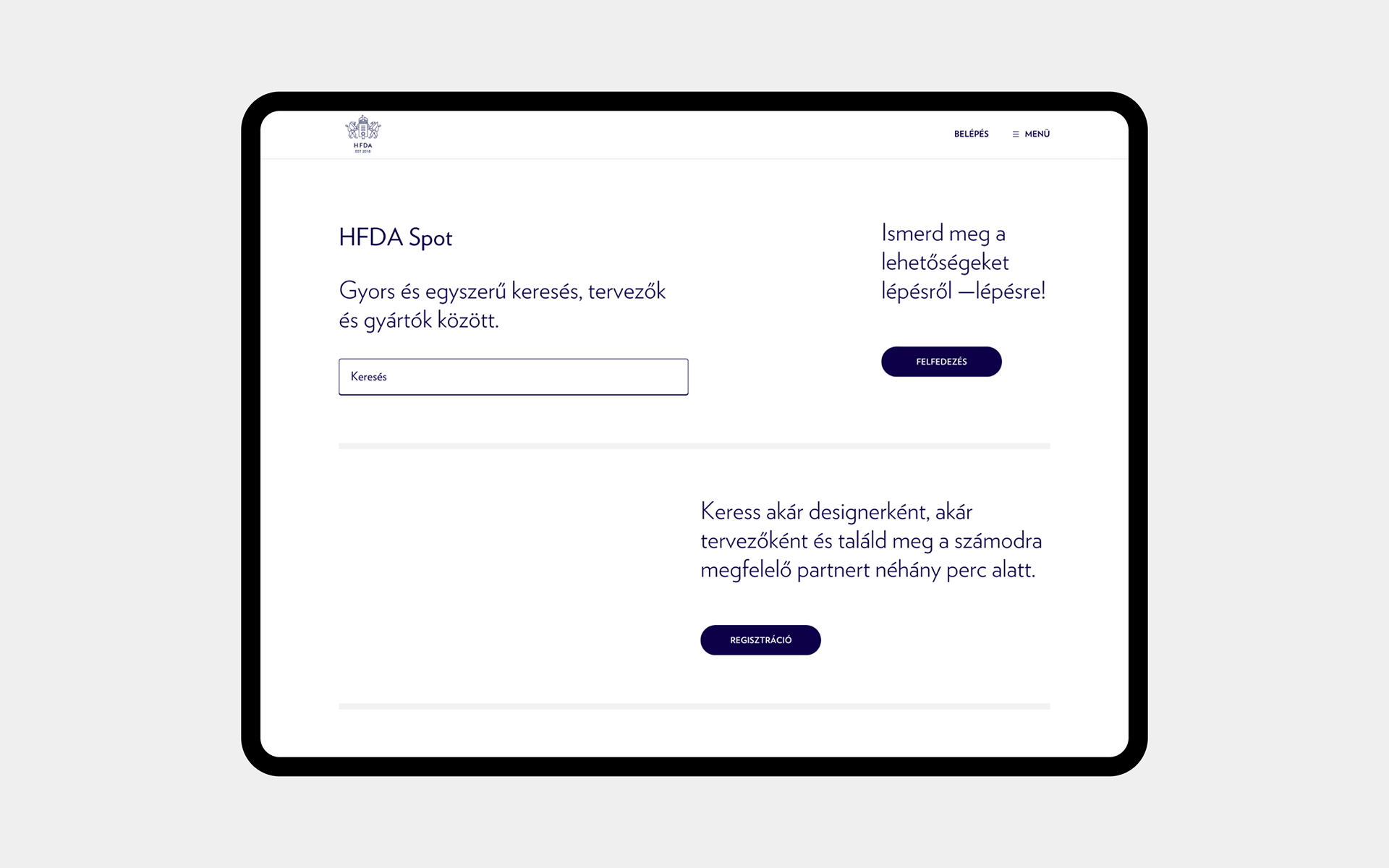
The team of HFDA faces another busy period. The design START, design SPEED and design LAB programs have all started, and we haven’t even mentioned the fashion sector. What other plans do you have for the future?
In the framework of our design START mentor program, five designers: Edina Andrási, Sára Kele, Kerekes Furniture, RAWfiction design by Temesi Apol, and László Tompa will receive professional support to stabilize their brand on the domestic market. They are near the end of the workshop series and soon they will start the professional internship qualifying as the second phase of the program. In the case of design SPEED, the evaluation of tenders has just been started.
One of our latest projects will be centered around vocational education development in the fashion industry. We saw that the majority of the students in the creative sector does not have adequate information as to the career options waiting for them once they finish school. We would like to offer a perspective to the students learning on the field by setting a competitive career model, so that they can make an informed decision when choosing their career. To facilitate this, we will launch a prestige-enhancing campaign, coordinated mainly by the fashion division. We would like to call attention to the beauty of the professions of the creative industry, and to make the sector more appealing to young people. The future of the sector is written in the present – we do everything we can to provide adequate supply for the industry.
HFDA Spot | Web
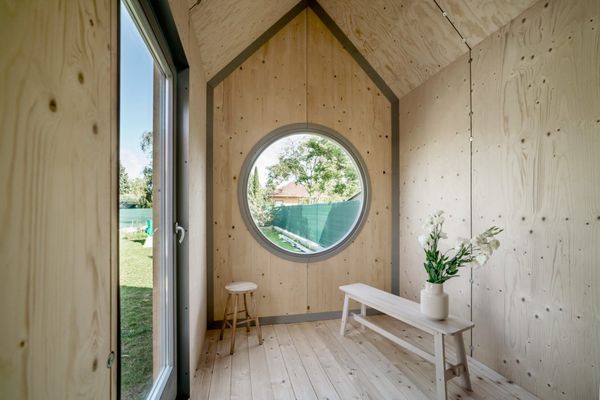
Design cabin, for an affordable price | Meet Hello Wood Kabinka!
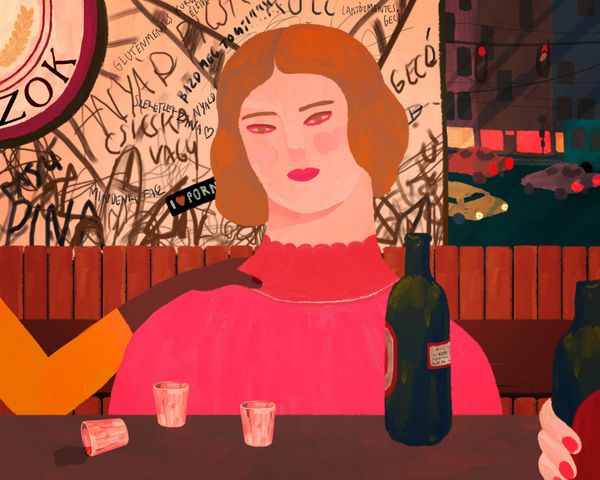
27 - My Last Day at Home | Flóra Anna Buda’s latest short film
